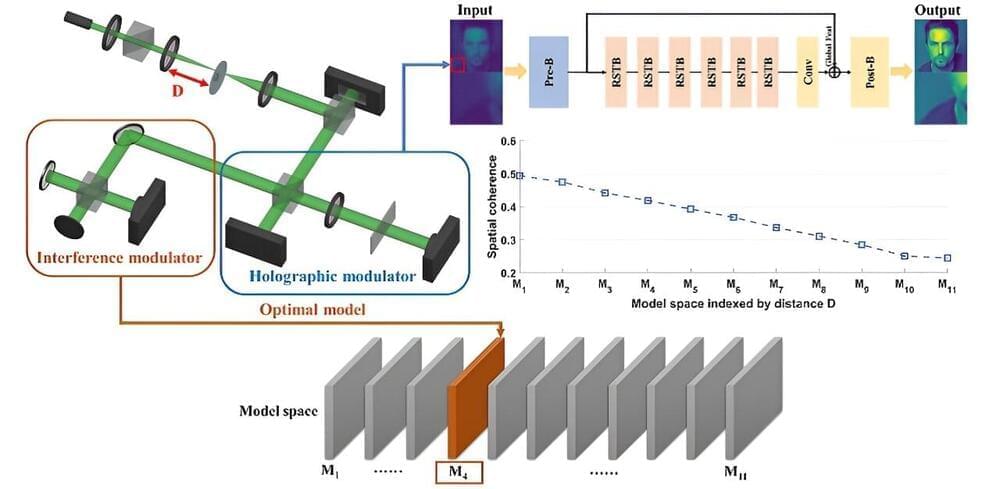Holographic imaging has always been challenged by unpredictable distortions in dynamic environments. Traditional deep learning methods often struggle to adapt to diverse scenes due to their reliance on specific data conditions.
To tackle this problem, researchers at Zhejiang University delved into the intersection of optics and deep learning, uncovering the key role of physical priors in ensuring the alignment of data and pre-trained models.
They explored the impact of spatial coherence and turbulence on holographic imaging and proposed an innovative method, TWC-Swin, to restore high-quality holographic images in the presence of these disturbances. Their research, titled “Harnessing the magic of light: spatial coherence instructed swin transformer for universal holographic imaging,” is reported in the journal Advanced Photonics.
